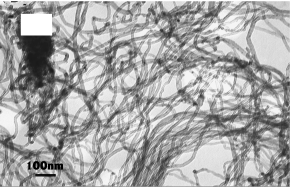Abstract
Mechanical alloying was employed to produce the nanocomposite Al2O3–Ni. It was found that the mechanical alloying of a mixture of NiO and α-Al2O3 generated a highly disordered structure.

* Corresponding authors
a Department of Materials Science, Faculty of Science, National University of Singapore, Singapore
b Department of Physics, Faculty of Science, National University of Singapore, Singapore
Mechanical alloying was employed to produce the nanocomposite Al2O3–Ni. It was found that the mechanical alloying of a mixture of NiO and α-Al2O3 generated a highly disordered structure.

 Please wait while we load your content...
Something went wrong. Try again?
Please wait while we load your content...
Something went wrong. Try again?
Growth of
B. Liu, Z. Zhong, J. Ding, J. Lin, Y. Shi and L. Si, J. Mater. Chem., 2001, 11, 2523 DOI: 10.1039/B103770F
To request permission to reproduce material from this article, please go to the Copyright Clearance Center request page.
If you are an author contributing to an RSC publication, you do not need to request permission provided correct acknowledgement is given.
If you are the author of this article, you do not need to request permission to reproduce figures and diagrams provided correct acknowledgement is given. If you want to reproduce the whole article in a third-party publication (excluding your thesis/dissertation for which permission is not required) please go to the Copyright Clearance Center request page.
Read more about how to correctly acknowledge RSC content.
 Fetching data from CrossRef.
Fetching data from CrossRef.
This may take some time to load.
Loading related content
